Methods of Mosquito Control in the USA
Introduction to Mosquito Control
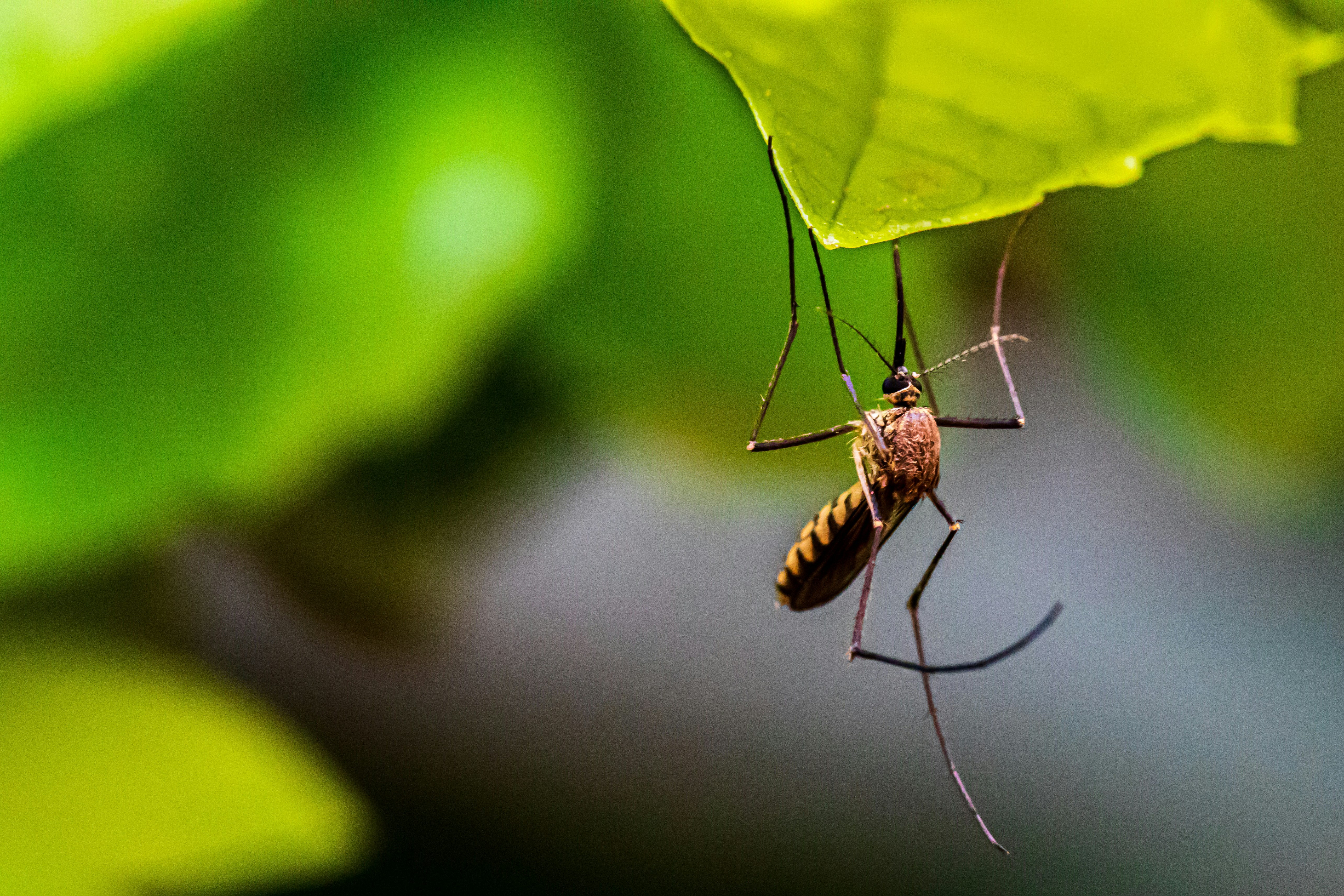
Mosquitoes are vectors for numerous diseases, including Zika virus, West Nile virus, malaria, and dengue fever. Controlling their population is crucial for public health. In the USA, various methods are employed for mosquito control, ranging from chemical to biological solutions. Understanding these methods and adhering to relevant regulations ensures effective and safe control.
Effective mosquito control involves a combination of strategies aimed at reducing the population and preventing disease transmission. This includes community involvement, environmental management, and the application of different control methods tailored to local conditions.
Types of Mosquitoes

There are over 3,500 species of mosquitoes worldwide, but in the USA, the most common are the Aedes, Anopheles, and Culex species. Each of these species has distinct characteristics and behaviors that influence the choice of control methods.
Aedes Mosquitoes: These mosquitoes are known for being aggressive daytime biters and are often found in urban areas. They are vectors for diseases such as dengue, Zika, and chikungunya. Aedes mosquitoes lay eggs in small containers of water, which can make controlling them challenging in densely populated areas.
Anopheles Mosquitoes: These mosquitoes are primarily responsible for transmitting malaria. They are most active during dawn and dusk and prefer clean, slow-moving water for breeding. Control efforts for Anopheles often focus on areas where malaria is prevalent, using methods like indoor residual spraying and insecticide-treated bed nets.
Culex Mosquitoes: Known to transmit West Nile virus, Culex mosquitoes are active at night and breed in standing water with high organic content. They are commonly found in rural and suburban areas. Control measures for Culex mosquitoes include larviciding water bodies and reducing standing water around homes.
Identification
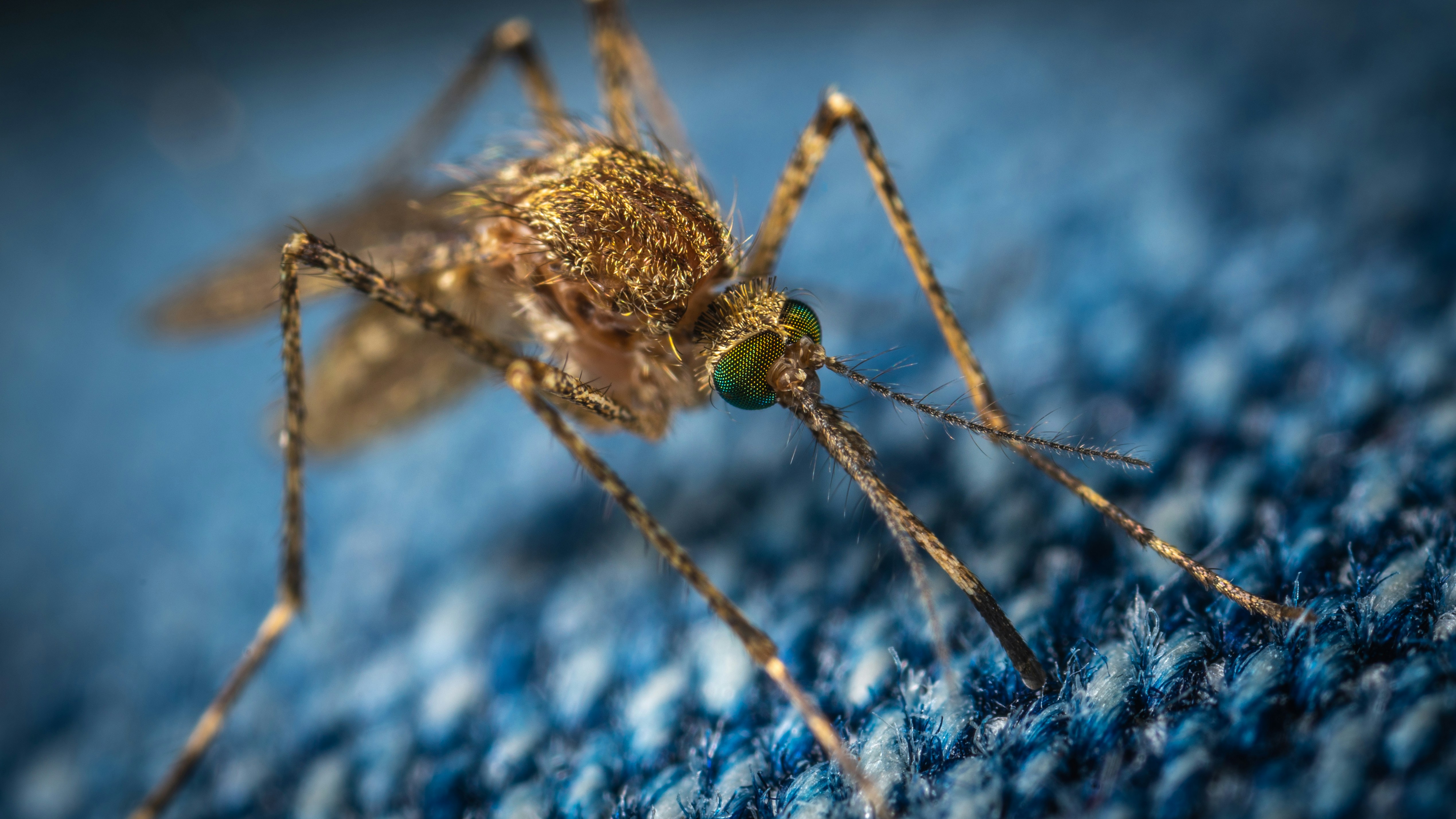
Proper identification of mosquito species is critical for effective control. Identification involves examining physical characteristics and understanding breeding and feeding habits. Different species are vectors for different diseases and have unique behaviors that influence control strategies.
Identification typically requires knowledge of the mosquito's morphology. For example, Anopheles mosquitoes can be identified by their palps, which are as long as their proboscis, and the unique resting position where their body is at an angle. Aedes mosquitoes have distinct black and white markings on their legs and body. Culex mosquitoes lack the distinctive patterns found on Aedes and have a blunt-ended abdomen.
Advanced identification techniques include the use of molecular tools like PCR (Polymerase Chain Reaction) to differentiate species that are morphologically similar. Understanding the local mosquito species composition helps in targeting the most effective control measures and monitoring the success of interventions.
Chemical Control
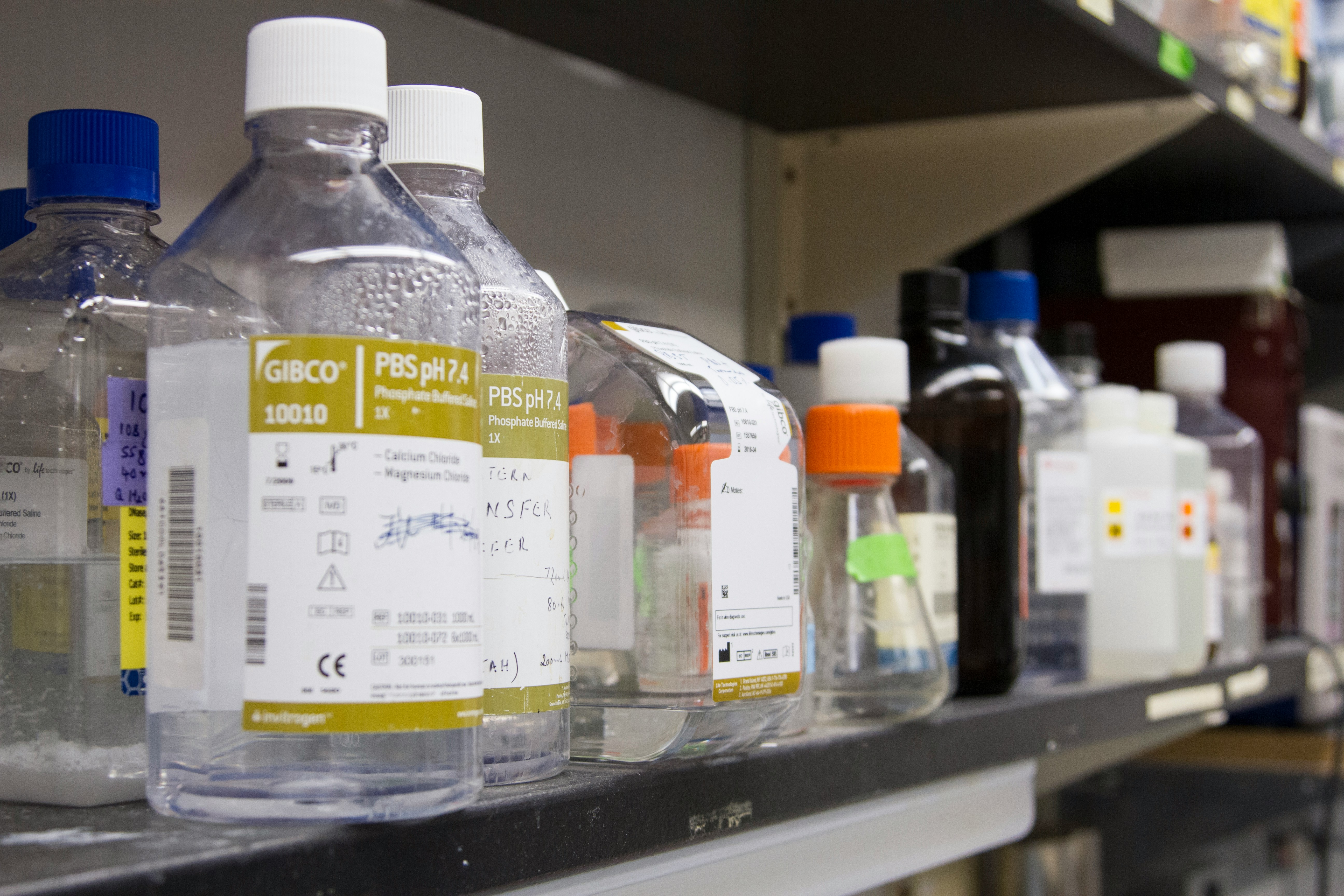
Chemical control methods include the use of insecticides such as pyrethroids and organophosphates. These chemicals can be applied as sprays, fogs, or in treated bed nets. While effective, chemical control must be used responsibly to minimize environmental impact and prevent resistance development in mosquito populations.
Pyrethroids: These are synthetic chemicals similar to the natural insecticidal compounds found in chrysanthemums. They are widely used due to their effectiveness and low toxicity to mammals. Pyrethroids act on the nervous system of mosquitoes, causing paralysis and death. However, overuse can lead to resistance in mosquito populations, making it essential to rotate insecticides with different modes of action.
Organophosphates: These chemicals interfere with the mosquito's nervous system by inhibiting the enzyme acetylcholinesterase. They are often used in areas where pyrethroid resistance is prevalent. Organophosphates are generally applied as adulticides in ULV (Ultra Low Volume) fogging operations to target adult mosquitoes. Due to their higher toxicity, their use is strictly regulated to minimize environmental impact and human exposure.
In addition to these, there are other chemical classes like carbamates and neonicotinoids, each with specific applications and regulations. Integrated Pest Management (IPM) strategies recommend using chemicals as a last resort, emphasizing other control methods to maintain effectiveness and sustainability.
Biological Control
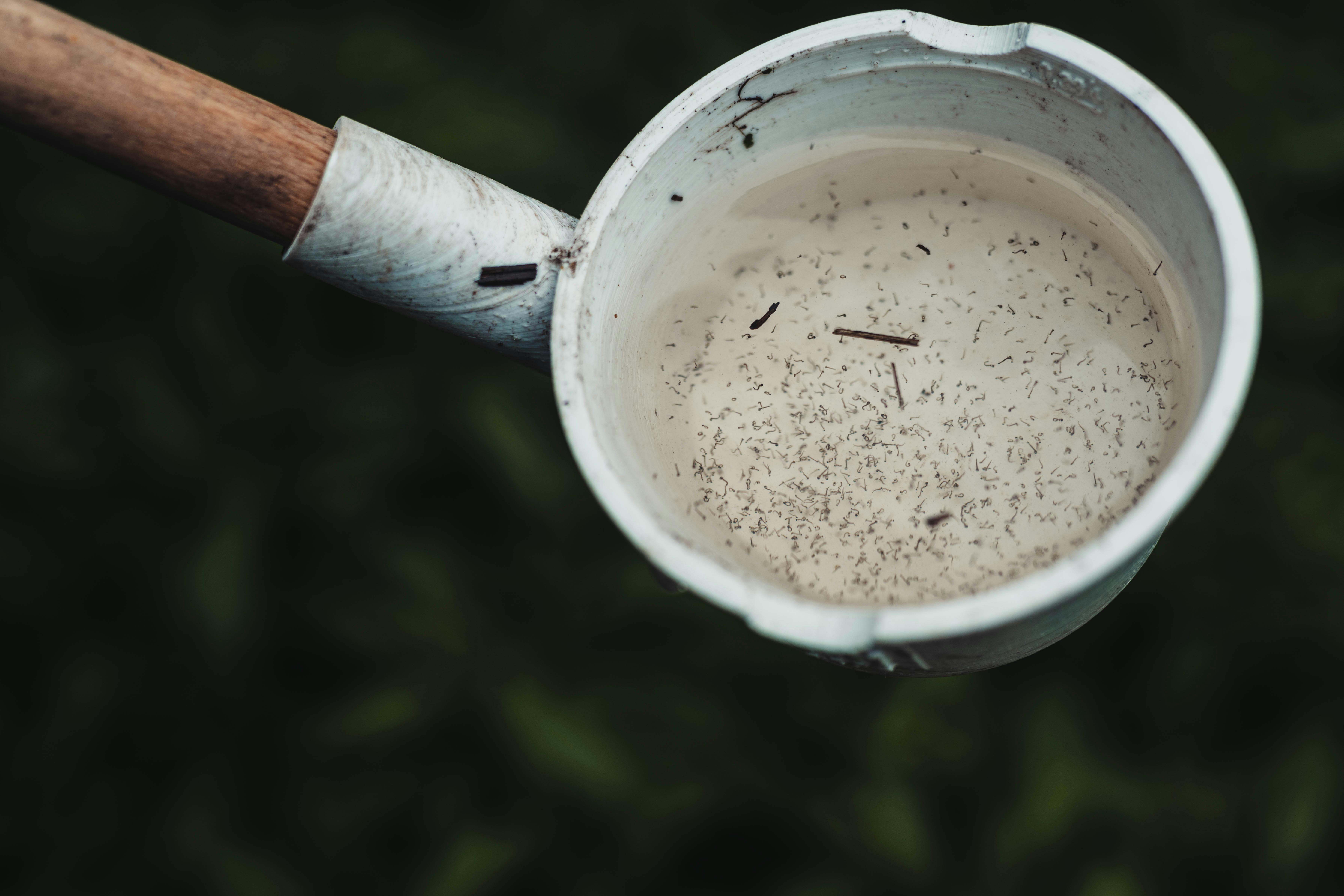
Biological control involves using natural predators or pathogens to control mosquito populations. Examples include introducing fish that eat mosquito larvae into water bodies or using bacteria like Bacillus thuringiensis israelensis (Bti) to target larvae. Biological methods are environmentally friendly and can be highly effective.
Fish: Certain species of fish, such as the mosquito fish (Gambusia affinis), are natural predators of mosquito larvae. These fish can be introduced into ponds, ditches, and other stagnant water bodies to reduce mosquito breeding. This method is particularly effective in permanent water bodies where chemical treatments are not feasible.
Bacillus thuringiensis israelensis (Bti): Bti is a naturally occurring bacterium that produces toxins lethal to mosquito larvae. When applied to water bodies, Bti spores are ingested by larvae, resulting in their death. Bti is highly specific to mosquitoes and a few other aquatic insects, making it safe for use in a variety of habitats without harming non-target organisms.
Other Biological Agents: Other biological control agents include larvivorous copepods, predatory insects like dragonflies, and fungi such as Metarhizium anisopliae that infect and kill mosquitoes. Research is ongoing to identify and develop new biological control agents that can be integrated into mosquito management programs.
Biological control is often used in conjunction with other control methods to achieve long-term and sustainable mosquito management. It is especially useful in areas where chemical resistance is an issue or where there is a need to minimize chemical usage.
Source Reduction

Source reduction focuses on eliminating mosquito breeding sites. This involves removing standing water where mosquitoes lay eggs, such as in containers, tires, and clogged gutters. Community participation is crucial for source reduction to be effective.
Eliminating Standing Water: Mosquitoes lay their eggs in standing water. Therefore, regularly emptying and cleaning water-holding containers like buckets, flower pots, bird baths, and old tires is essential. In urban areas, ensuring proper drainage and regularly cleaning gutters can significantly reduce breeding sites.
Modifying Habitats: Modifying environments to make them less suitable for mosquito breeding is another effective strategy. This includes filling in or draining areas that regularly collect water, such as ditches and marshes. In agricultural settings, ensuring proper irrigation practices can prevent water from pooling and creating breeding grounds.
Community Involvement: Public education and community involvement are critical components of source reduction. Educating residents about the importance of removing standing water and maintaining clean environments can greatly enhance control efforts. Community clean-up campaigns and collaboration with local organizations can amplify these efforts.
Source reduction is a cornerstone of mosquito control because it addresses the root cause of mosquito proliferation. When combined with other methods, it provides a holistic approach to reducing mosquito populations and the risk of mosquito-borne diseases.
Integrated Mosquito Management (IMM)
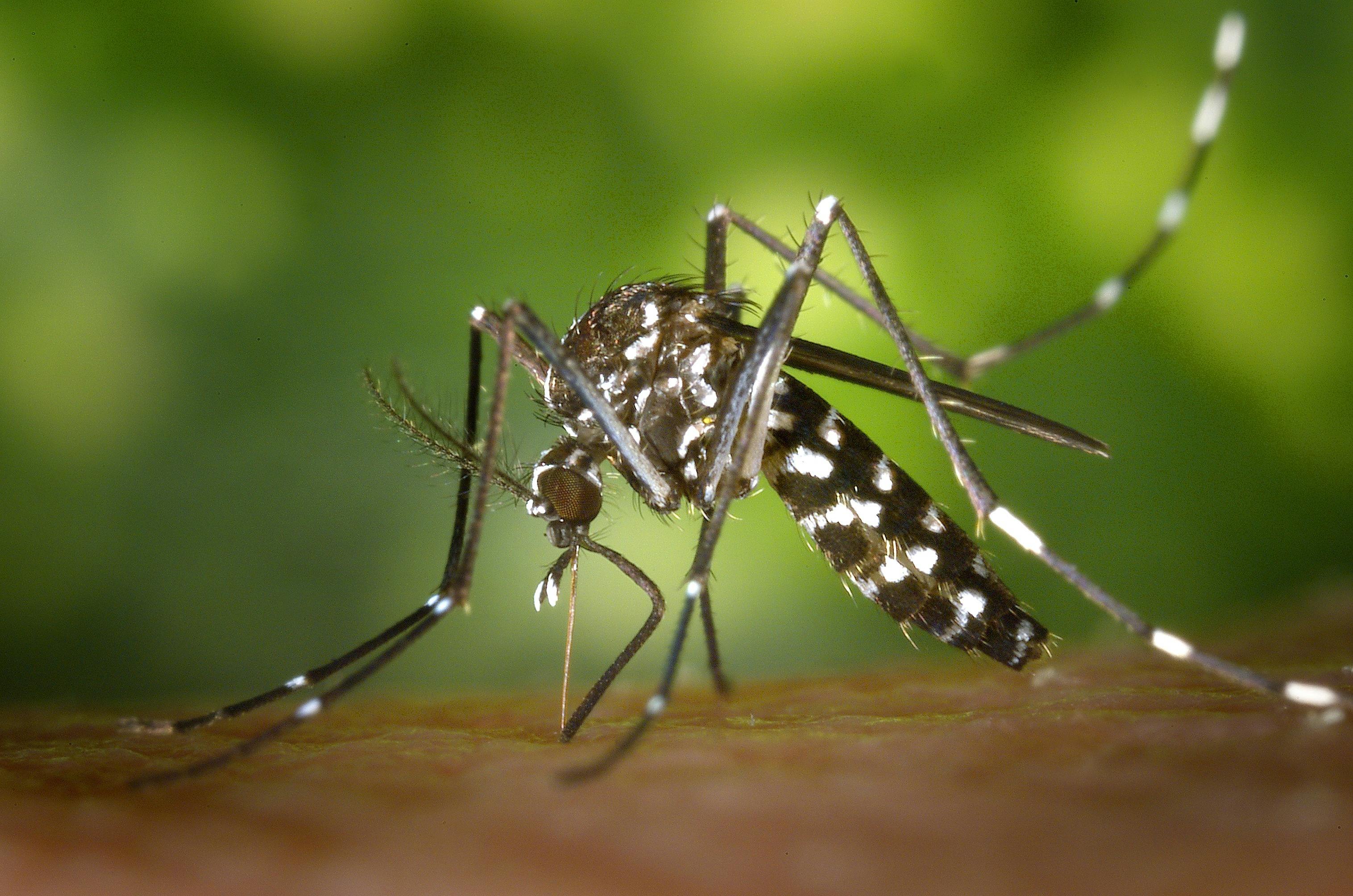
IMM is a comprehensive approach that combines multiple control methods, including chemical, biological, and source reduction. It involves continuous monitoring and evaluation to adapt strategies based on effectiveness and mosquito population dynamics.
Monitoring and Surveillance: Effective IMM begins with monitoring and surveillance to assess mosquito populations and disease activity. This involves regular trapping and testing of mosquitoes to identify species, population densities, and infection rates. Data from surveillance informs the selection and timing of control measures.
Combination of Control Methods: IMM integrates various control methods to target different stages of the mosquito lifecycle. For instance, larviciding can be used to target immature mosquitoes in water, while adulticiding targets flying adults. Combining chemical treatments with biological controls and source reduction enhances overall effectiveness and sustainability.
Public Education and Community Engagement: Educating the public about the importance of mosquito control and encouraging community involvement are integral to IMM. Public health campaigns can inform residents about protective measures, such as using repellents, wearing long sleeves, and ensuring screens on windows and doors. Community participation in source reduction efforts can amplify the impact of control measures.
Evaluation and Adaptation: Continuous evaluation of control efforts is essential to assess their effectiveness and adapt strategies as needed. This includes monitoring mosquito resistance to insecticides, changes in mosquito populations, and the incidence of mosquito-borne diseases. Adaptive management ensures that control measures remain effective and resources are used efficiently.
IMM represents a dynamic and adaptive approach to mosquito control, combining scientific knowledge with practical application to protect public health effectively.
Genetic Control
Genetic control methods are emerging as innovative approaches to mosquito control. These methods involve altering the genetic makeup of mosquitoes to reduce their ability to reproduce or transmit diseases. Examples include releasing genetically modified mosquitoes or using gene drive technologies.
Genetically Modified Mosquitoes: One approach involves releasing genetically modified (GM) mosquitoes into the wild. These mosquitoes are engineered to produce offspring that die before reaching adulthood or to be sterile, thus reducing the overall mosquito population. For instance, the release of GM Aedes aegypti mosquitoes has shown promise in reducing populations in some areas.
Gene Drive Technologies: Gene drive technologies are designed to spread specific genetic traits rapidly through mosquito populations. This can be used to introduce genes that render mosquitoes incapable of transmitting diseases or that reduce their fertility. Gene drives have the potential to provide long-lasting control, but they also raise ecological and ethical considerations.
Challenges and Considerations: While genetic control methods offer promising new tools for mosquito management, they also come with challenges. Regulatory approval, public acceptance, and potential ecological impacts must be carefully considered. Ongoing research and field trials are essential to address these challenges and ensure the safe and effective use of genetic technologies.
Genetic control represents a cutting-edge frontier in mosquito management, offering new possibilities for sustainable and targeted control of mosquito populations and the diseases they transmit.
Community Engagement

Engaging the community is vital for the success of mosquito control programs. This involves educating the public about mosquito control measures, encouraging participation in source reduction, and fostering collaboration with local organizations.
Education and Awareness: Public education campaigns are essential for raising awareness about the risks of mosquito-borne diseases and the importance of mosquito control. This can include distributing informational materials, organizing workshops, and using media channels to reach a broad audience.
Community Participation: Encouraging community members to participate in mosquito control efforts can significantly enhance the effectiveness of programs. This includes activities like neighborhood clean-up events, reporting potential breeding sites, and volunteering for surveillance and control activities.
Collaboration with Organizations: Collaborating with local health departments, environmental agencies, and non-profit organizations can amplify the reach and impact of mosquito control initiatives. These partnerships can provide additional resources, expertise, and support for implementing and sustaining control measures.
Empowerment and Capacity Building: Empowering communities to take ownership of mosquito control efforts involves building local capacity and providing the tools and knowledge needed to sustain these efforts. This includes training community health workers, developing local leadership, and fostering a sense of responsibility and stewardship.
Community engagement is a cornerstone of successful mosquito control, ensuring that efforts are comprehensive, inclusive, and sustainable over the long term.
EPA Regulations and Guidelines

The Environmental Protection Agency (EPA) regulates the use of pesticides and other chemicals for mosquito control to ensure they are used safely and effectively. The EPA provides guidelines and approves products that meet safety standards.
Regulation of Pesticides: The EPA evaluates and registers pesticides used for mosquito control under the Federal Insecticide, Fungicide, and Rodenticide Act (FIFRA). This process ensures that products are safe for human health and the environment when used according to label instructions. The EPA also monitors and reassesses registered pesticides to ensure they continue to meet safety standards.
Guidelines for Use: The EPA provides guidelines for the proper application of pesticides, including recommendations for dosage, timing, and methods of application. These guidelines help minimize risks to non-target organisms, including humans, pets, and beneficial insects. Adhering to these guidelines is crucial for maintaining the safety and effectiveness of mosquito control programs.
Public Health Exemptions: In emergency situations, such as outbreaks of mosquito-borne diseases, the EPA may grant public health exemptions to allow the use of unregistered pesticides or expanded use of registered pesticides. These exemptions are granted based on a thorough risk assessment and are intended to protect public health while ensuring safety.
Compliance with EPA regulations and guidelines is essential for the responsible and effective use of chemical control methods, ensuring that mosquito control efforts do not pose undue risks to health or the environment.
Conclusion
Effective mosquito control in the USA requires a multifaceted approach that includes chemical, biological, and source reduction methods. Integrated Mosquito Management (IMM) combines these methods with continuous monitoring and community engagement to adapt and optimize control strategies. Adhering to EPA regulations ensures safety and efficacy in mosquito control efforts. Ongoing research and innovation, such as genetic control methods, promise new tools for managing mosquito populations and preventing disease transmission.
By understanding and implementing these diverse control strategies, communities can work together to reduce mosquito populations and protect public health from mosquito-borne diseases.
References
- Centers for Disease Control and Prevention (CDC). (2023). Mosquito Control. Retrieved from https://www.cdc.gov/mosquitoes/mosquito-control/index.html
- Environmental Protection Agency (EPA). (2023). Controlling Mosquitoes at Home. Retrieved from https://www.epa.gov/mosquitocontrol
- World Health Organization (WHO). (2022). Mosquito Control: Strategies for Reducing Mosquito-Borne Disease. Retrieved from https://www.who.int/news-room/fact-sheets/detail/vector-borne-diseases
- Mosquito.org. (2023). Integrated Mosquito Management (IMM). Retrieved from https://www.mosquito.org/page/imm